Mass Observation was probably the largest investigation into popular culture to be carried out in Britain this century. It took place between 1936 and 1947. Originally established by a small group of intellectuals, writers and artists the idea was a sociological thermometer of the nation. Photographs were taken of people out on the streets and at work and paintings made too. The observers were sent out to streets, bus stops and art galleries to trail people and write down their opinions. During World War II the Government took over M.O.’s fact collecting organisation for propaganda purposes and to keep in touch with public morale. After the War M.O. became a limited company and turned to consumer research.
Mass Observation described its observers as ‘the cameras with which we are all trying to photograph contemporary life’ but photography itself played a small part in the project and very little film was shot. Humphrey Spender, M.O.’s ‘official’ photographer, was only able to spend short periods of time on the project. The work that he did for M.O. remained virtually unknown for almost forty years until the publication of Britain in the Thirties in 1975 and The Real Thing and Worktown exhibitions. The photographs, observers’ reports and diaries are now part of the Mass Observation.
The photos below are some of the few photos taken by Julian Trevelyan.
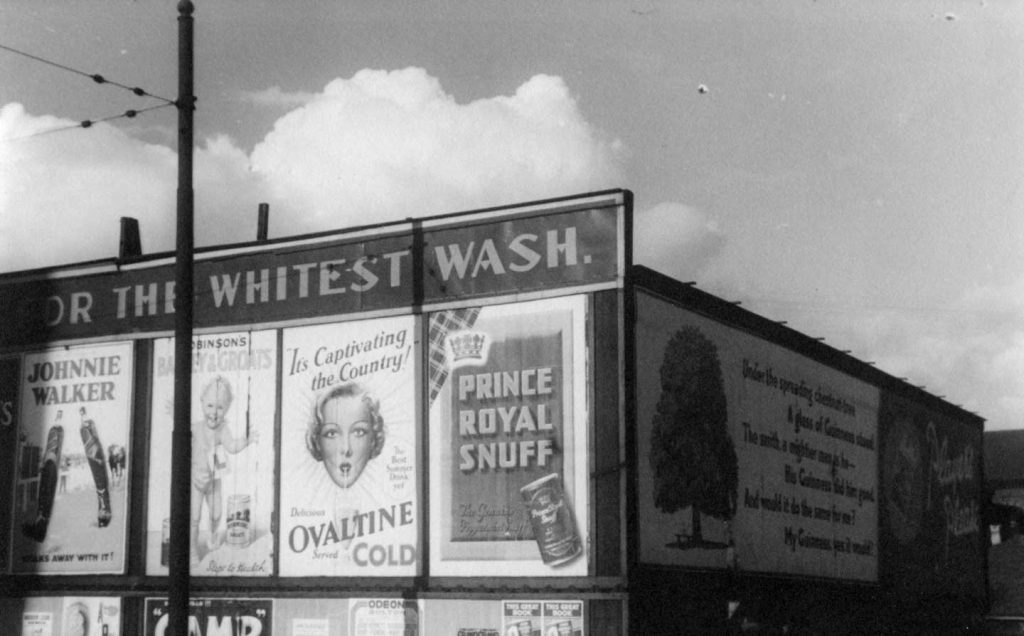
Julian Trevelyan – Advertising hoardings
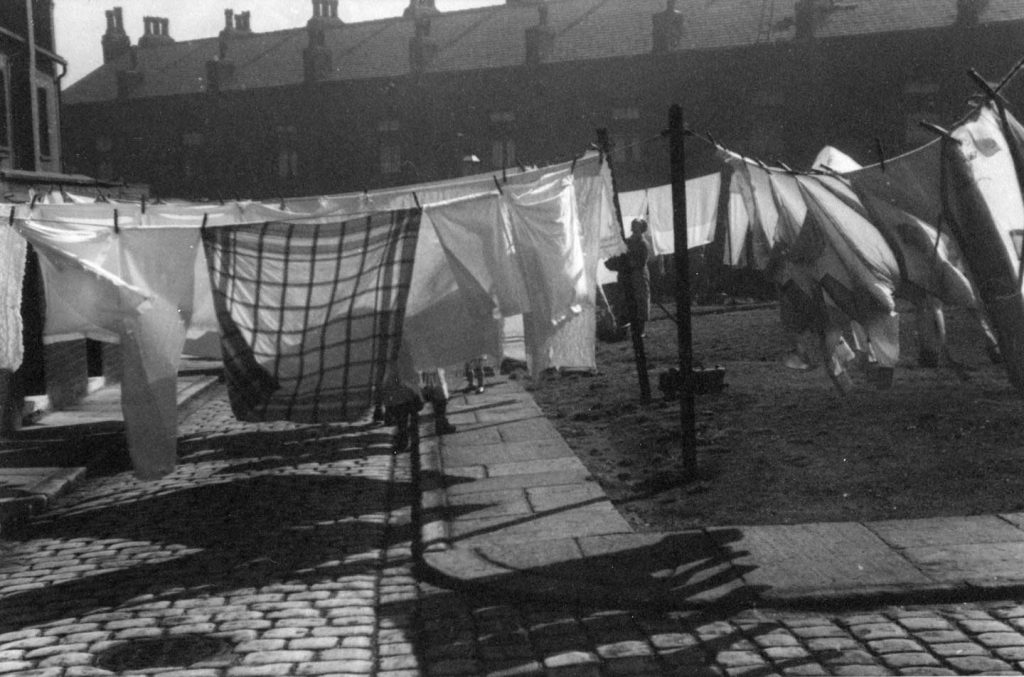
Julian Trevelyan – Lines of washing
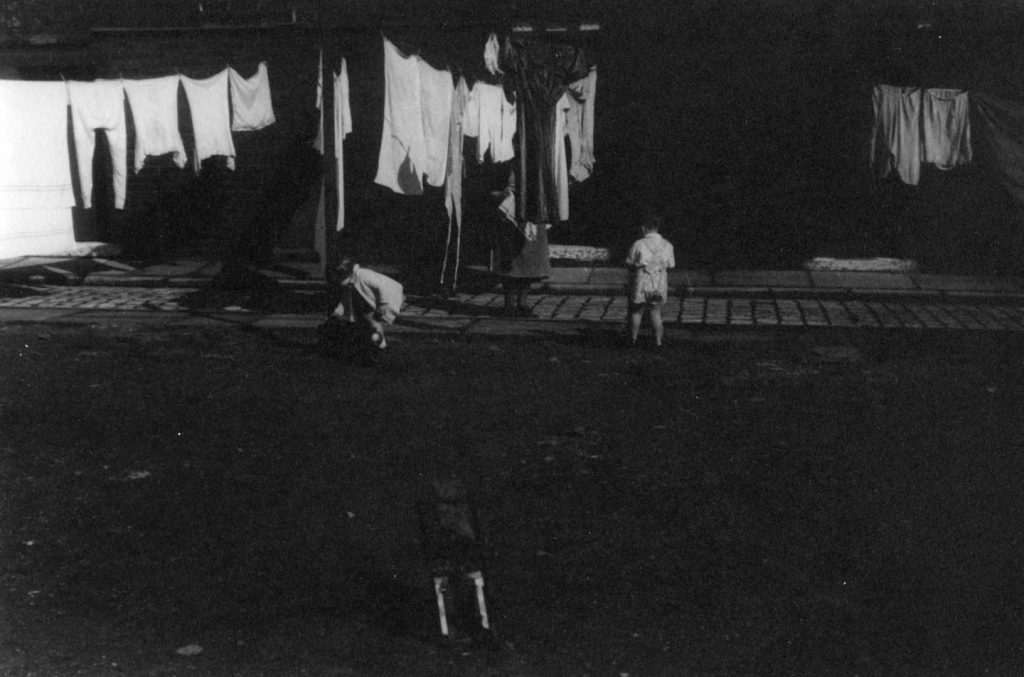
Julian Trevelyan – Children playing in the street on washing day
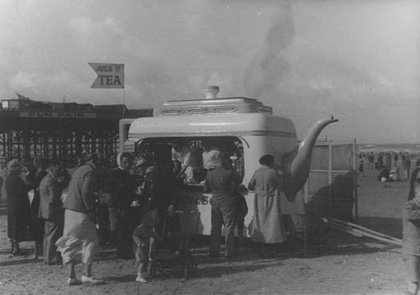
Julian Trevelyan – Teapot Cafe, Blackpool
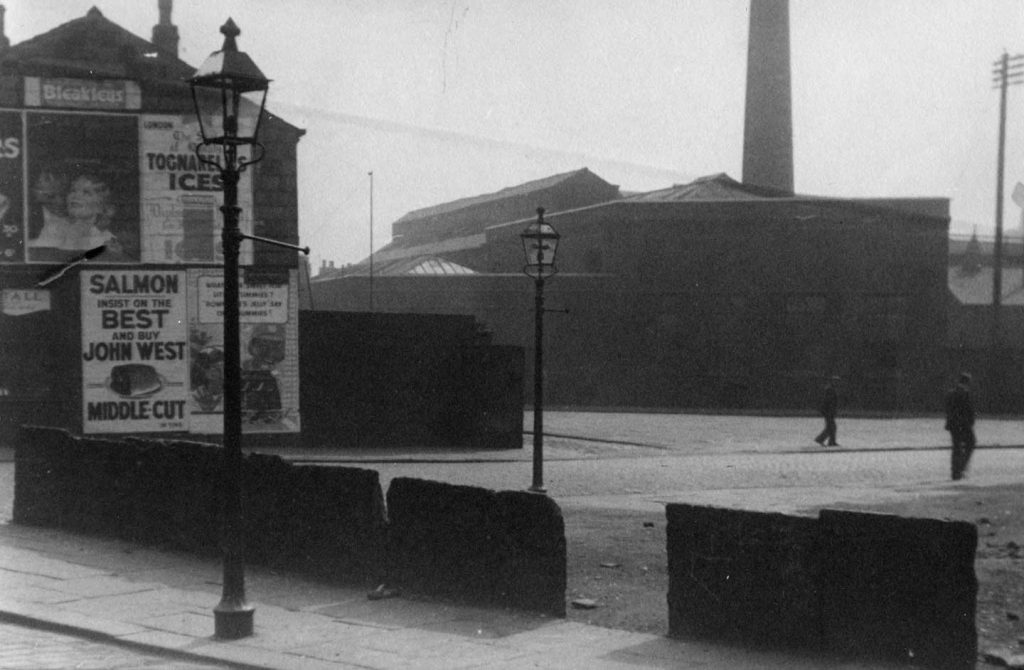
Julian Trevelyan – Street scene with advertising hoardings
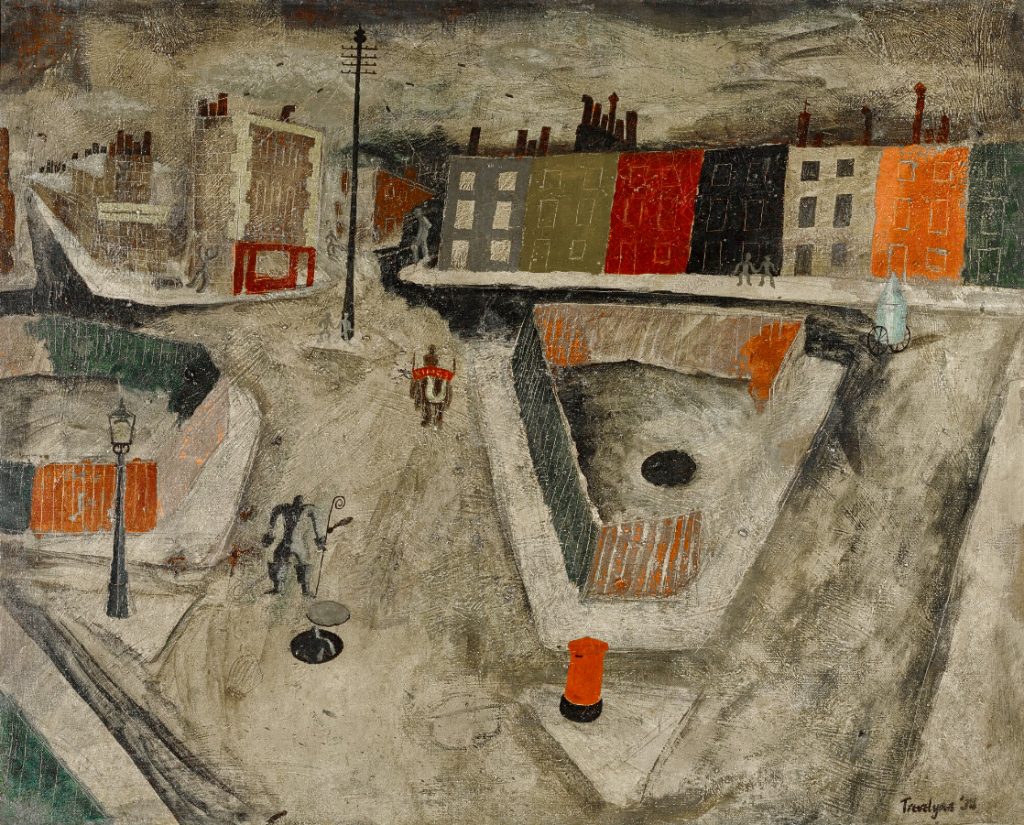
Julian Trevelyan – London Scene, 1935